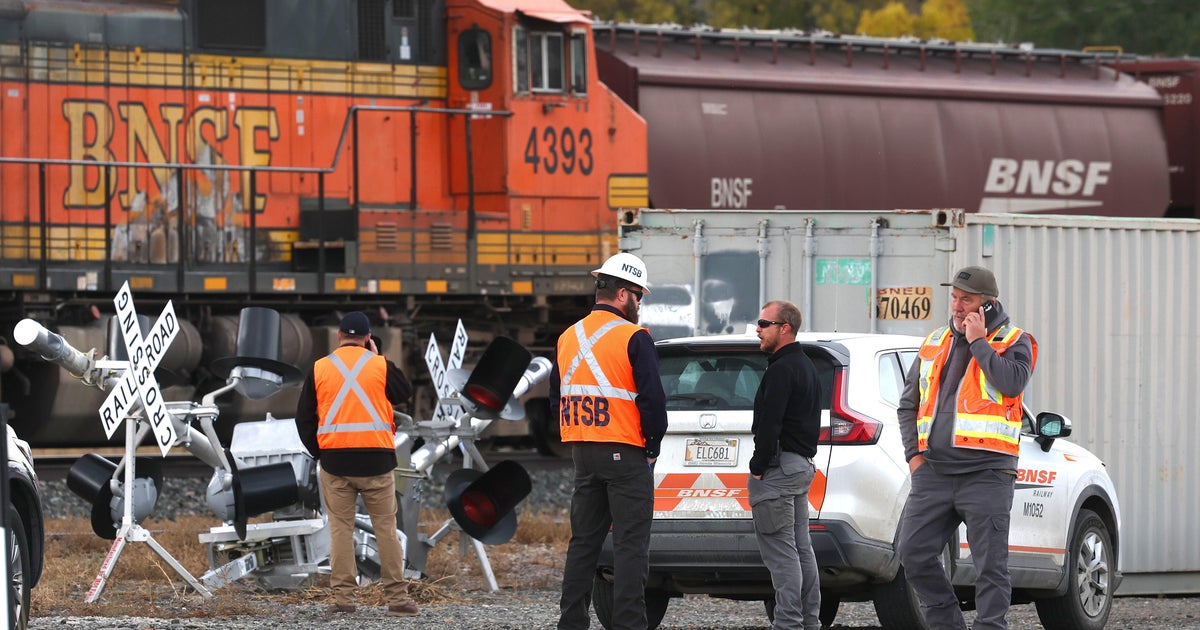This week’s news brings us another story that’s starting to get very old — especially for Montana’s existing residents. Namely, the City of East Helena finds itself unable to “meet the demand” for water for the 6,250 new homes plus new businesses that theoretically will be built on former ASARCO lands the city annexed when the company went bankrupt.
But here’s the rub: The land the city annexed did not come with water rights. In Montana, no water means no new developments because we can barely provide water to existing residents. The rapidly changing climate’s longer, hotter, and drier summers combined with lower winter snowpacks and earlier, diminished runoff is simply a reality that municipalities and developers don’t want to acknowledge. But just because you don’t want to admit reality doesn’t mean it doesn’t exist.
As reported, Montana’s Lt. Governor Kristen Juras sent a letter to the city telling them the Natural Resources Damage settlement with ASARCO for the lead smelter’s Superfund site pollution requires “natural resource restoration and long-term stewardship.” Part of that restoration process, which was public, determined that certain water rights should go to restore instream flows on Prickly Pear Creek, which flows right past the giant slag piles remaining at the smelter site.
Ironically, the state and EPA offered the city 40% of the water rights, but the offer was refused. Now, the state and the Department of Fish, Wildlife and Parks are moving forward to change those consumptive water rights to instream flows and restore the battered creek.
That the city and developers are demanding the water for future development makes little sense since the mayor was quoted saying East Helena has an “already strained municipal water system.” Since the theoretical developments would require four times the water the city currently supplies to existing residents and businesses it may also require a new and very expensive water treatment facility for which existing residents will pay.
If this sounds familiar, one need only look to Bozeman, where residents will soon vote on the Water Adequacy for Residential Development initiative that will require new developments to either provide lower income units or bring new water rights to the city to “meet the demand” of the new developments.
Like Bozeman, East Helena is in a “closed basin” — meaning no new water rights can be issued without harming existing water rights holders and users. You can’t give away more water than you have — and Montana has less every year, as the record low flows and closures of our major rivers proves.
None of this is a mystery. In 1878 John Wesley Powell, who had explored the West’s great rivers and made the first descent of the Colorado River, published his “Report on the Lands of the Arid Regions of the United States” in which he estimated only 2% of the land in the arid West could support agriculture or development due to the lack of water. There’s simply no excuse for Montana’s development-crazed municipalities to ignore the facts of our increasingly limited water supply.
Finally, one might wonder why the burdens of “meeting the demand” of developers – including data centers – falls on existing residents. Or why the Superfund impacts from past extractive industries shouldn’t be remediated. Or why existing residents and their kids in East Helena shouldn’t have a clean stream they can walk to and enjoy a genuine “Montana” experience?
There are very real limits to growth. In the West, that’s a dwindling water supply – and it’s obviously time for Montanans to realize that fact and live with it.



























